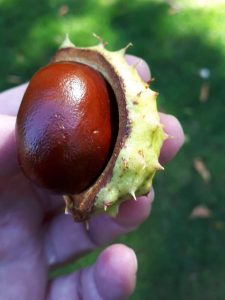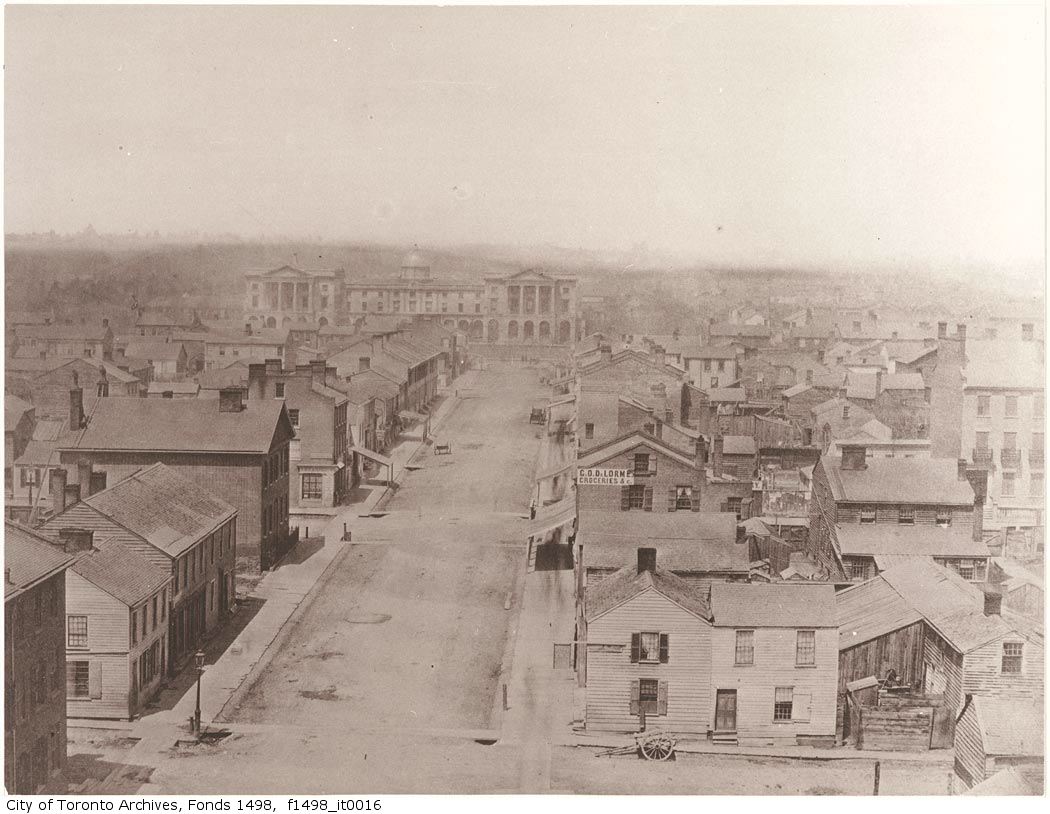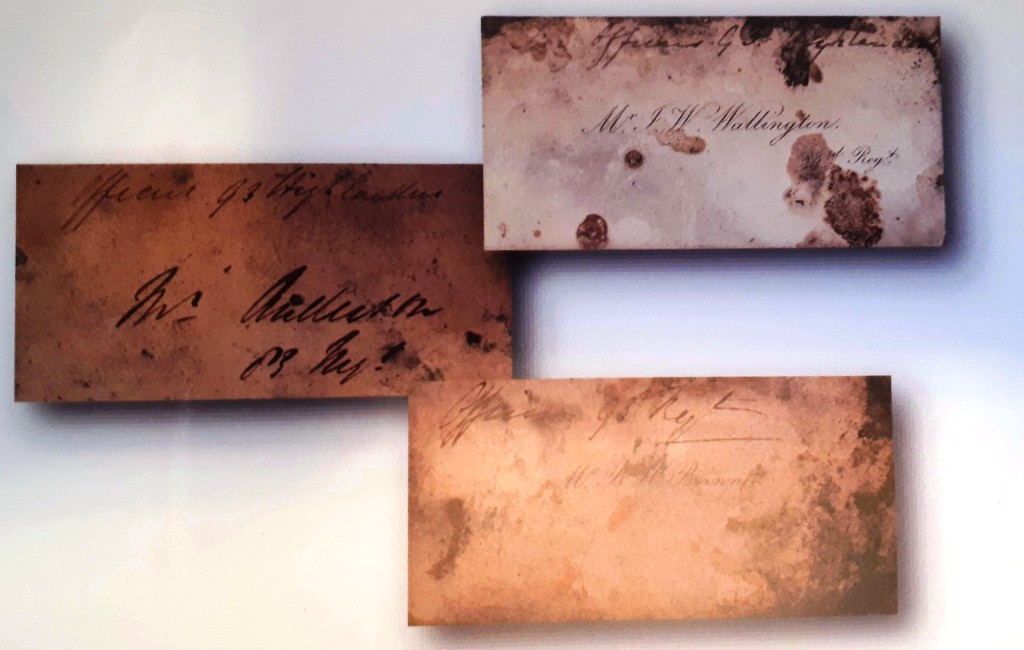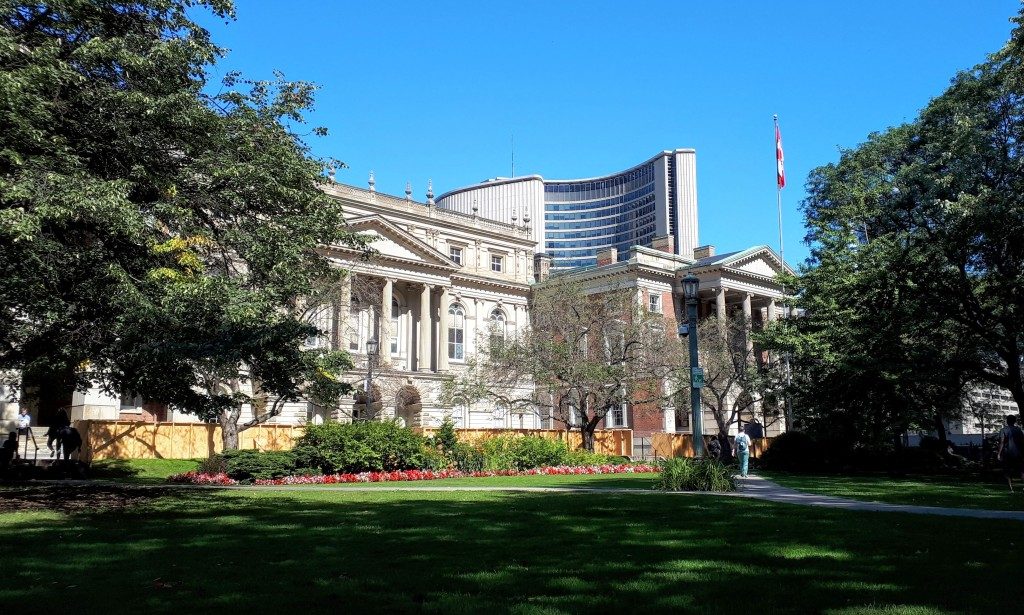Osgoode Hall, one of the oldest buildings in Toronto (opened 1832), is the home of the Law Society of Ontario as well as the highest courts of the province.
As I was sitting on the grassy lawn outside, reading about the architecture, I was startled when a large clump of leaves fell on my papers. Looking up, I realized I was seated beneath a healthy horse chestnut tree. Looking down, I found a set of husks which had split open, exposing the glossy brown chestnuts. A nice early autumn nature moment in the centre of downtown Toronto.

Behind me was one of Osgoode Hall’s famous kissing gates. The cast iron fence was erected in 1867, the same year as Canada’s confederation, and the story I’d always heard was that the gates were meant to keep wandering cows off the lawn.
However Osgoode Hall’s excellent audio tour, narrated by Curator Elise Brunet, notes that by 1867 Toronto was already a commercial centre with gas lighting, piped water, and streetcar service. So it’s more likely that the gates, which permit only one person to enter at a time, were a means of crowd control rather than cow control.

This 1856 photo, looking north along York Street 11 years before the iron gates were installed, makes it clear this was no rural neighbourhood.

Others have done a better job taking pictures of Osgoode Hall’s glorious Great Library (check out the Law Society’s of Upper Canada’s photo).
However, always on the search for London-related things, what captured my attention in the Great Library was this stone. The audio tour transcript states:
When London was bombed during World War Two, their buildings suffered extensive damage. The Law Society here raised funds to help the Inns rebuild and the ‘rock’ is a piece of one of the original buildings that was sent as a token of their gratitude.

There were so many things of interest during my visit to Osgoode Hall, and I’d recommend that anyone pop in for a look around (Monday to Friday 9-5). The last thing I’ll mention that made me go “wow” was this collection of British soldiers’ calling cards, discovered during a 2001 renovation. Osgoode Hall housed troops from 1838 to 1843 following the 1837 Upper Canada Rebellion, and these were left behind … What an extraordinary find!

Osgoode Hall is museum no. 62 in my #100museums challenge (see 100 Museums Challenge).

